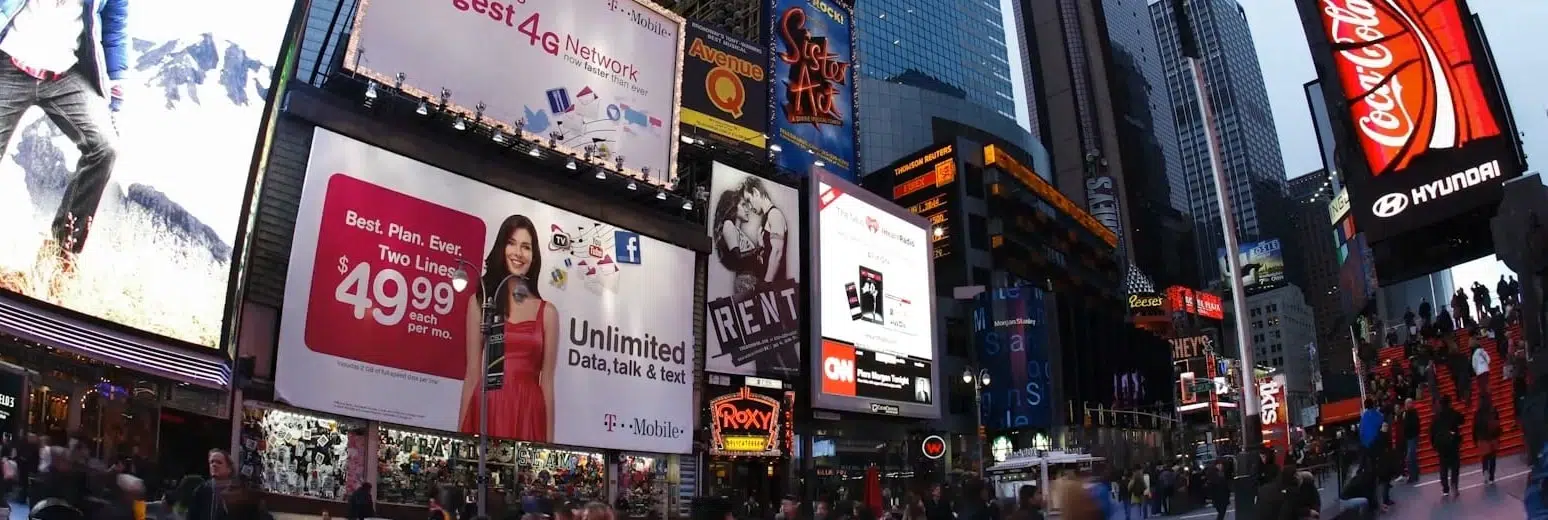How to Choose the Right Location for Your LED Billboard:
A Strategic Guide for Maximizing Impact
When it comes to advertising, location is the most important single factor. This is especially true with LED billboards, where the positioning of your message can considerably increase its efficacy if it is placed in the appropriate location. At a time when businesses are competing for attention in a crowded market, it is essential to have a solid understanding of how to select the most appropriate placement for an LED screen.
Understanding the Importance of Location
The placement of an LED billboard has a direct influence on the visibility of the billboard and, consequently, whether or not the advertising campaign is successful. When compared to a billboard that is badly located, which may go unseen, a billboard that is strategically placed can produce significant levels of exposure and engagement. Consequently, when selecting a location, it is necessary to give serious thought to a number of different criteria.
LED billboard innovations are revolutionizing outdoor advertising by enabling advertisers to choose the location strategically, incorporating interactive features, AI for targeted content, and energy-saving technologies for enhanced audience engagement and sustainability.
1. Traffic Density: Capturing Maximum Eyeballs
The volume of traffic, both automotive and pedestrian, in the vicinity of the planned location for the billboard is one of the most important aspects to take into consideration. The best places to place your advertisement are in high-traffic locations, such as busy streets, junctions, highways, and popular pedestrian zones. These places ensure that your advertisement is seen by a significant number of people. On the other hand, it is essential to strike a balance between the density of traffic and the speed of travel; billboards along highways may be seen by a greater number of people, while slower-moving traffic in metropolitan areas allows for longer viewing intervals.
2. Viewer Demographics: Targeting the Right Audience
Choosing a placement for a billboard requires you to have a solid understanding of your intended audience. There are distinct demographics that are drawn to certain locations. For instance, a billboard that is located next to a university will be viewed by young individuals the majority of the time, whereas a billboard that is located close to a business center may attract working professionals. It is possible to dramatically boost the effectiveness of your billboard by gaining an understanding of who your consumers are and where they are most likely to be found.
3. Line of Sight and Visibility
Without obstructions, the billboard should be readily visible from a distance. Avoid locations where obstructions such as trees, buildings, or other structures could obstruct the line of sight of observers. Additionally, take into account the billboard’s height and angle in relation to the traffic flow. Billboards that are positioned at an unusual angle or are elevated excessively may experience a reduction in their effectiveness.
4. Local Regulations and Zoning Laws
It is critical to have a thorough understanding of the local zoning and advertising regulations prior to deciding on a site. There may be local regulations governing the dimensions, luminosity, and subject matter of LED billboards. To avoid legal complications in the future, ensure that your billboard is compliant with all local regulations and that you have obtained the appropriate permits.

5. Proximity to Your Business
When attracting consumers to a physical location, positioning a billboard in close proximity to a business can prove to be an effective strategy. However, positioning it in close proximity could be superfluous if one is already in a highly visible area. In such situations, it may be more advantageous to position the billboard in an area where you wish to increase its visibility.
6. Competition and Saturation
Consider the local advertising environment. Ad saturation may occur in an area with an excessive number of billboards, making it more difficult for your message to stand out. A location with few or no other billboards, conversely, may provide a distinct advantage.
7. Duration and Timing
Also influencing location selection is the length of time the billboard will be displayed. High-impact locations, such as event venues or seasonal destinations, may be optimal for short-term campaigns. Stable locations characterized by consistent traffic patterns are more favorable for long-term campaigns.
8. Cost-Benefit Analysis
In conclusion, evaluate the billboard’s expense in relation to its prospective return on investment. Although prime locations carry a higher cost, they may provide enhanced visibility and a greater probability of successful campaigns. Budgetary restrictions and the strategic advantages of a specific location must be weighed in balance.
Strategic Placement of LED Billboards: Mastering the Art of Location Selection for Maximum Advertising Impact
Selecting an optimal placement for an LED billboard is a complex undertaking that necessitates meticulous evaluation of a multitude of elements. You can select a location that optimizes the effectiveness of your advertising endeavors by considering various factors such as viewer demographics, traffic density, cost, proximity to your business, local regulations, competition, and duration. Carwashes, shopping malls and centers, medical and health care services, restaurants, and many more types of business benefit from the branding and visibility that can’t be matched by other types of outdoor advertising.
The benefits of LED billboards include enhanced visibility, dynamic content, energy efficiency, and environmental sustainability, revolutionizing outdoor advertising and significantly boosting brand engagement. By strategically positioning an LED billboard, an organization can proficiently captivate the interest of its intended demographic, thereby establishing an enduring impact within the fiercely competitive advertising industry.
Download our Brochures

